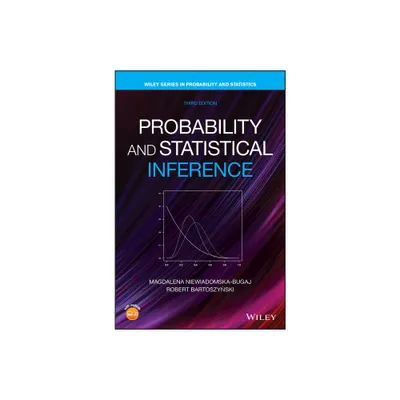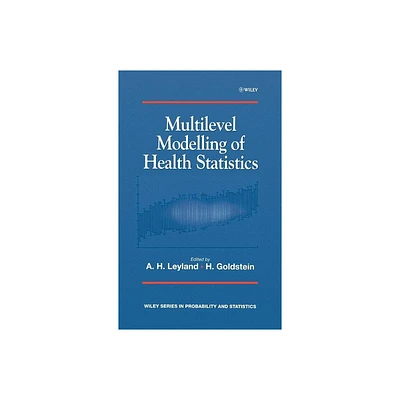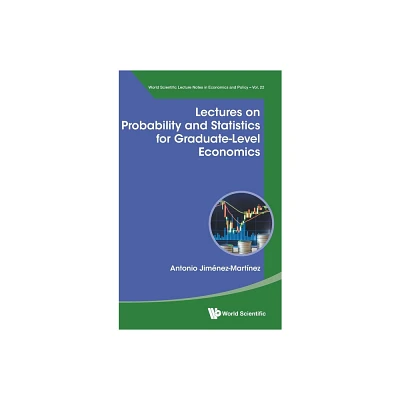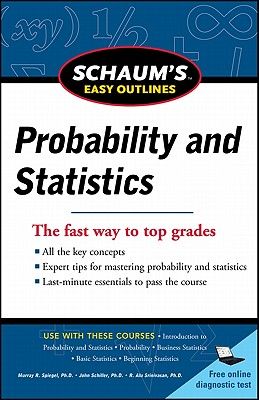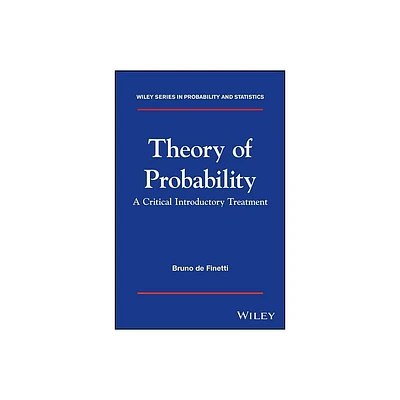Home
Plithogeny, Plithogenic Set, Logic, Probability, and Statistics
Loading Inventory...
Barnes and Noble
Plithogeny, Plithogenic Set, Logic, Probability, and Statistics
Current price: $7.82


Barnes and Noble
Plithogeny, Plithogenic Set, Logic, Probability, and Statistics
Current price: $7.82
Loading Inventory...
Size: OS
*Product Information may vary - to confirm product availability, pricing, and additional information please contact Barnes and Noble
In this book we introduce for the first time, as generalization of dialectics and neutrosophy, the philosophical concept called plithogeny. And as its derivatives: the plithogenic set (as generalization of crisp, fuzzy, intuitionistic fuzzy, and neutrosophic sets), plithogenic logic (as generalization of classical, fuzzy, intuitionistic fuzzy, and neutrosophic logics), plithogenic probability (as generalization of classical, imprecise, and neutrosophic probabilities), and plithogenic statistics (as generalization of classical, and neutrosophic statistics).
Plithogeny is the genesis or origination, creation, formation, development, and evolution of new entities from dynamics and organic fusions of contradictory and/or neutrals and/or non-contradictory multiple old entities.
Plithogenic Set is a set whose elements are characterized by one or more attributes, and each attribute may have many values.
An attribute's value v has a corresponding (fuzzy, intuitionistic fuzzy, or neutrosophic) degree of appurtenance d(x, v) of the element x, to the set P, with respect to some given criteria.
In order to obtain a better accuracy for the plithogenic aggregation operators in the plithogenic set/logic/probability and for a more exact inclusion (partial order), a (fuzzy, intuitionistic fuzzy, or neutrosophic) contradiction (dissimilarity) degree is defined between each attribute value and the dominant (most important) attribute value.
The plithogenic intersection and union are linear combinations of the fuzzy operators tnorm and tconorm, while the plithogenic complement/inclusion/equality are influenced by the attribute values' contradiction (dissimilarity) degrees.
Formal definitions of plithogenic set/logic/probability/statistics are presented into the book, followed by plithogenic aggregation operators, various theorems related to them, and afterwards examples and applications of these new concepts in our everyday life.
Plithogeny is the genesis or origination, creation, formation, development, and evolution of new entities from dynamics and organic fusions of contradictory and/or neutrals and/or non-contradictory multiple old entities.
Plithogenic Set is a set whose elements are characterized by one or more attributes, and each attribute may have many values.
An attribute's value v has a corresponding (fuzzy, intuitionistic fuzzy, or neutrosophic) degree of appurtenance d(x, v) of the element x, to the set P, with respect to some given criteria.
In order to obtain a better accuracy for the plithogenic aggregation operators in the plithogenic set/logic/probability and for a more exact inclusion (partial order), a (fuzzy, intuitionistic fuzzy, or neutrosophic) contradiction (dissimilarity) degree is defined between each attribute value and the dominant (most important) attribute value.
The plithogenic intersection and union are linear combinations of the fuzzy operators tnorm and tconorm, while the plithogenic complement/inclusion/equality are influenced by the attribute values' contradiction (dissimilarity) degrees.
Formal definitions of plithogenic set/logic/probability/statistics are presented into the book, followed by plithogenic aggregation operators, various theorems related to them, and afterwards examples and applications of these new concepts in our everyday life.



